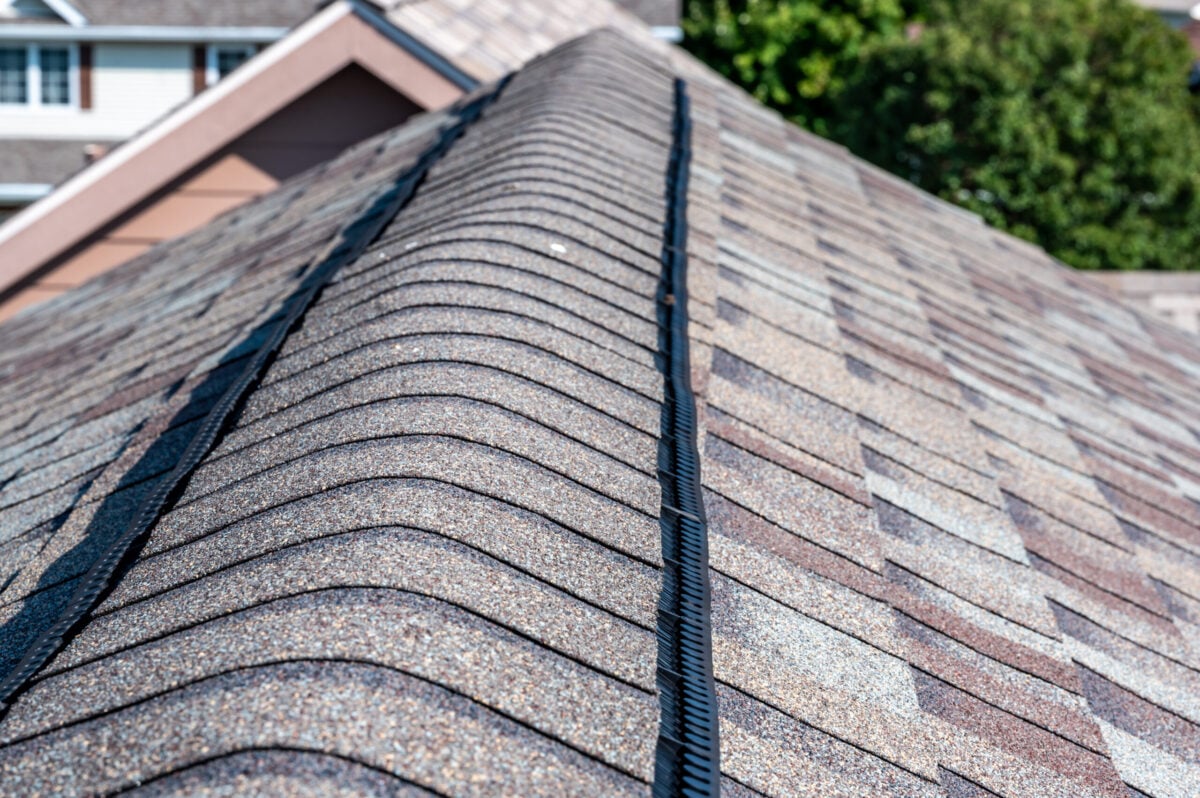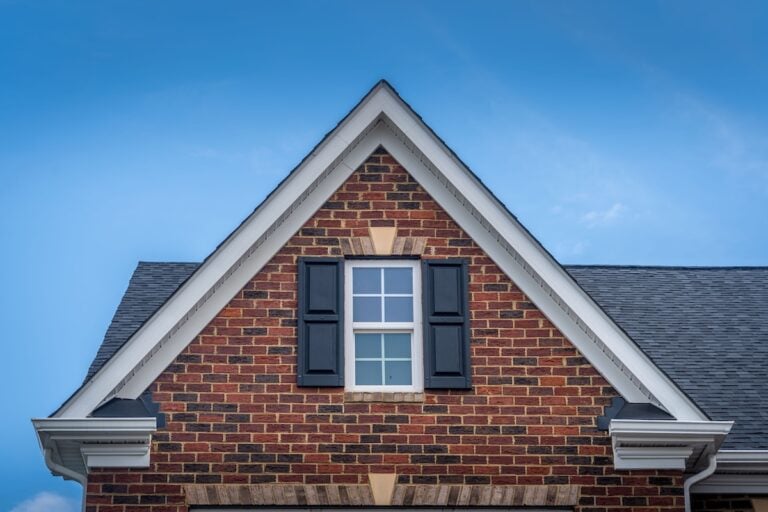A properly ventilated roof is one of the most overlooked aspects of home maintenance, yet it can make or break your home’s energy efficiency and structural integrity. Ridge vents are a crucial component of any effective roof ventilation system, providing continuous airflow along your roof’s peak to prevent moisture buildup, ice dams, and excessive heat retention.
Understanding the importance of ridge vents can save you thousands in repair costs and energy bills. If you’re considering a roof replacement or upgrade, now is the perfect time to ensure your home has proper ventilation.
This comprehensive guide will cover:
- Why ridge vents are essential for your roof’s health and longevity
- 7 compelling reasons every homeowner should consider ridge vents
- How proper installation and maintenance can maximize their benefits
- What to look for when choosing the right ridge vent system
🏠 Why Proper Roof Ventilation Is Important
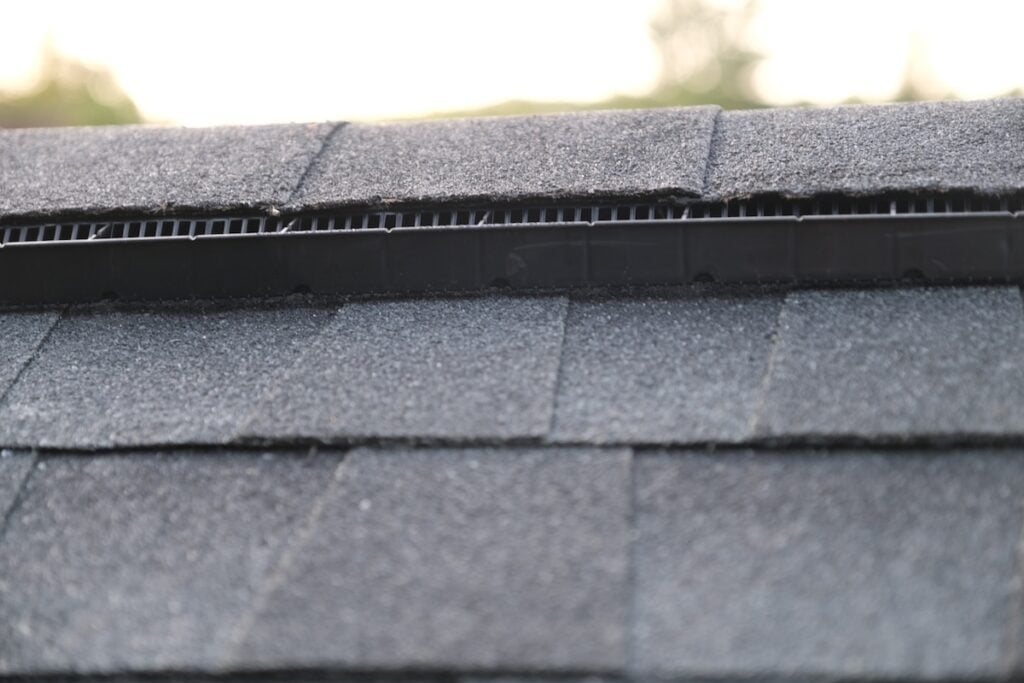
Your roof works harder than you might realize, constantly battling temperature extremes and moisture challenges. Without adequate ventilation, your attic becomes a breeding ground for problems that can compromise your entire roofing system.
Effective roof ventilation creates a balanced airflow system that allows hot air to escape through the ridge while drawing cooler air in through soffit vents. This natural circulation prevents your attic from becoming superheated in summer or developing condensation issues in winter.
Here are the key benefits of proper roof ventilation:
- Energy savings: Reduces cooling costs by up to 10-15% in summer months
- Moisture control: Prevents condensation that leads to mold and wood rot
- Ice dam prevention: Maintains consistent roof temperatures to prevent damaging ice formations
- Extended roof life: Reduces thermal stress on shingles and roofing materials
- Improved indoor comfort: Creates more consistent temperatures throughout your home
🔎 7 Reasons Ridge Vents Are a Must-Have for Your Roof
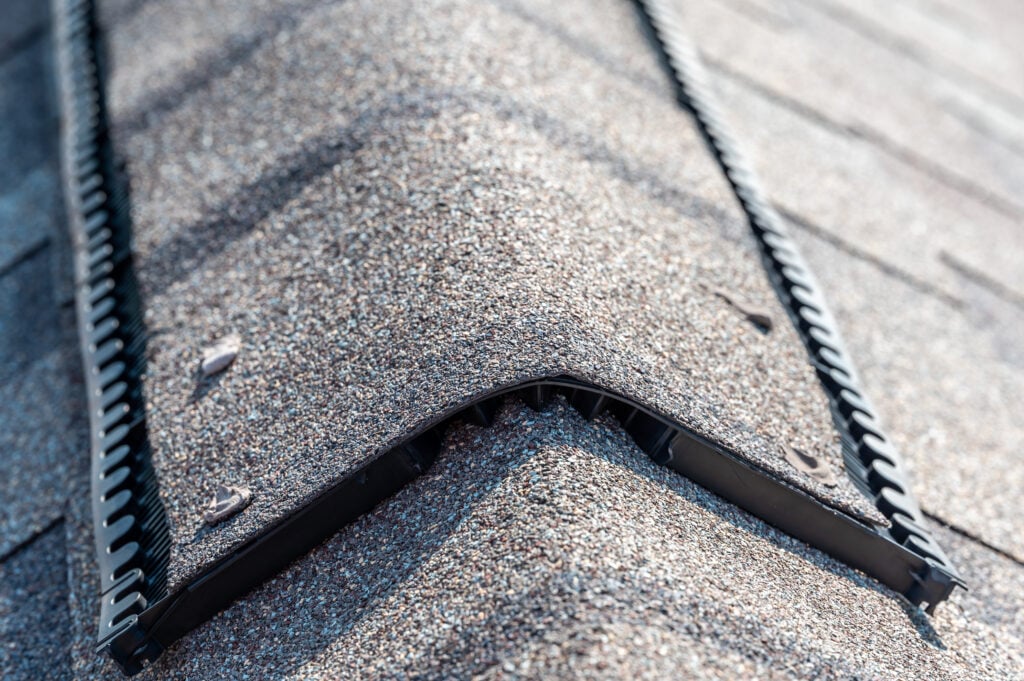
Ridge vents offer superior ventilation compared to other exhaust vent options. Here’s why they’re considered the gold standard for roof ventilation systems.
1. Superior Air Circulation Throughout Your Attic Space
Ridge vents are designed to run continuously along the peak of your roof, providing an unobstructed pathway for hot air to escape. Unlike localized airflow solutions like box vents or turbine vents, ridge vents utilize your entire roof surface to optimize ventilation. This design ensures that air moves freely and consistently throughout your attic, rather than being concentrated in one spot.
- The continuous design eliminates “dead air” pockets, which can trap heat and moisture, leading to potential damage over time.
- By distributing airflow evenly across the attic, ridge vents help maintain a balanced temperature, preventing hot spots that can strain your roof’s materials.
- The seamless flow of air ensures that your attic space remains cooler in the summer and drier throughout the year, promoting a healthier home environment.
2. Enhanced Energy Efficiency and Lower Utility Bills
One of the biggest benefits of ridge vents is their ability to improve your home’s energy efficiency. When your attic is well-ventilated, it stays cooler, especially during the summer months. This reduces the workload on your air conditioning system, leading to lower energy consumption and ultimately saving you money on utility bills.
- Properly ventilated attics can remain 20-30 degrees cooler than poorly ventilated ones, even on the hottest days. This minimizes heat transfer into your living spaces.
- Over time, the reduced strain on your HVAC system can lead to lower maintenance costs and a longer lifespan for your cooling equipment.
- Ridge vents also help regulate indoor temperatures more effectively, making your home more comfortable year-round while cutting down on energy waste.
3. Prevention of Ice Dams During Winter Months
Ice dams are a common and damaging problem in colder climates. They form when warm air inside your attic melts the snow on your roof, causing water to flow down and refreeze near the gutters. This cycle can create heavy ice buildup that damages shingles, gutters, and even the interior of your home. Ridge vents help prevent this by maintaining consistent attic temperatures.
- By allowing warm air to escape naturally, ridge vents prevent heat from building up in the attic and melting snow unevenly on the roof.
- With consistent roof temperatures, the risk of freeze-thaw cycles leading to ice dams is significantly reduced.
- This helps protect the structural integrity of your roof, while also minimizing costly repairs caused by water damage and leaks.
4. Protection Against Moisture-Related Damage
Excess moisture in your attic can lead to serious problems, including mold growth, wood rot, and compromised insulation. Ridge vents provide a reliable escape route for humid air, allowing it to exit the attic before it condenses on surfaces.
- Continuous ventilation prevents moisture from accumulating in hard-to-reach areas, reducing the likelihood of mold and mildew developing.
- By keeping wood surfaces dry, ridge vents help maintain the structural strength of your roof and prevent premature aging or decay.
- Insulation also performs better when it’s dry, ensuring your home remains energy-efficient and comfortable in all seasons.
5. Virtually Invisible Aesthetic Appeal
Unlike bulky ventilation solutions like box vents or spinning turbines, ridge vents are designed to blend seamlessly into your roofline. Their low-profile design makes them virtually invisible from the ground, preserving your home’s curb appeal while still providing effective ventilation.
- Modern ridge vents are available in a variety of colors to match popular shingle options, ensuring they complement your roof’s design.
- The sleek, streamlined appearance of ridge vents maintains the clean lines of your roof, enhancing the overall look of your home.
- This aesthetic advantage makes ridge vents a popular choice for homeowners who want effective ventilation without sacrificing style.
6. Low Maintenance Requirements
Once installed correctly, ridge vents require very little ongoing maintenance. Unlike turbine vents, which have moving parts that can wear out or malfunction, ridge vents are stationary and durable, reducing the need for frequent repairs or replacements.
- Annual inspections are typically all that’s needed to ensure ridge vents are functioning optimally. This can include checking for debris build-up or ensuring the vents remain unobstructed.
- Occasionally clearing away leaves, dirt, or other debris is the primary maintenance task required with ridge vents.
- With no moving parts to break down, ridge vents offer a hassle-free ventilation solution that homeowners can rely on for years.
7. Long-Term Durability and Weather Resistance
Ridge vents are built to handle decades of exposure to harsh weather conditions, making them a durable and reliable long-term investment. Designed to withstand high winds, driving rain, and extreme temperatures, they continue to deliver effective ventilation without compromising performance.
- Many ridge vents come with warranties of 20 years or more, reflecting their durability and quality construction.
- Proper installation ensures that ridge vents remain secure during storms and prevents wind-driven rain from entering the attic.
- Their robust design and materials allow ridge vents to maintain their effectiveness even in challenging climates, offering peace of mind and consistent protection for your home.
⚙️ Choosing the Right Ridge Vent System for Your Home
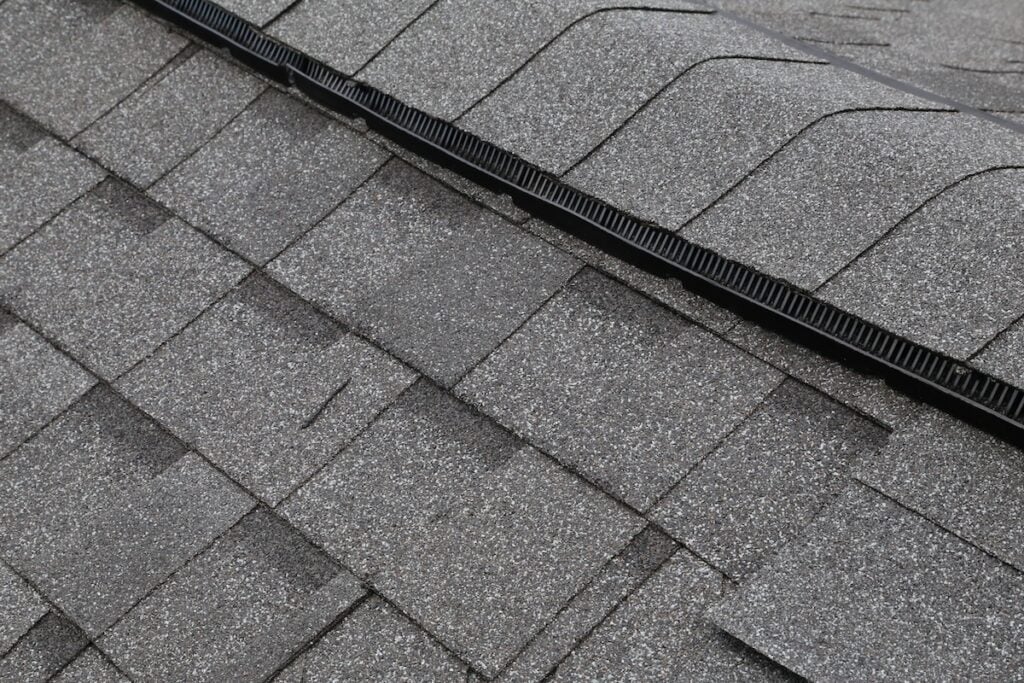
Not all ridge vents are created equal, and selecting the right system depends on your specific roofing situation. Understanding the different types and features can help you make an informed decision.
Types of Ridge Vents Available
- Shingle-over ridge vents are the most popular choice for asphalt shingle roofs. They’re installed beneath your ridge cap shingles for a seamless appearance. These vents provide excellent weather protection while maintaining proper airflow.
- External ridge vents sit on top of your ridge and are often used with metal roofing systems. While more visible, they typically offer higher ventilation rates and are easier to inspect and maintain.
Key Features to Consider
- Wind resistance ratings are crucial in areas prone to severe weather. Look for ridge vents tested to withstand winds of at least 110 mph. Higher ratings provide additional peace of mind in storm-prone regions.
- Airflow capacity determines how effectively your ridge vent system will ventilate your attic. Calculate your attic’s square footage and ensure your ridge vent system can handle the required airflow volume.
Professional Installation Considerations
Proper installation is critical for ridge vent performance. The ridge opening must be cut to precise specifications, and the vent must be sealed correctly to prevent water infiltration while maintaining airflow.
- Experienced roofers understand the balance between ventilation and weather protection
- Professional installation typically includes warranty coverage for both materials and workmanship
🛠️ Making the Smart Investment in Your Home’s Future
Ridge vents represent one of the most cost-effective upgrades you can make to your roofing system. The combination of energy savings, moisture protection, and extended roof life makes them an investment that pays dividends for years to come.
When properly integrated with intake ventilation, ridge vents create a balanced system that protects your home from the ground up. The relatively modest upfront cost is quickly offset by reduced energy bills and prevented damage.
Ready to upgrade your roof ventilation system? Our experienced team at Palladium Roofing can assess your current ventilation needs and recommend the best ridge vent solution for your home. Contact us today to schedule your complimentary roof inspection and discover how proper ventilation can enhance your home’s comfort and value.


